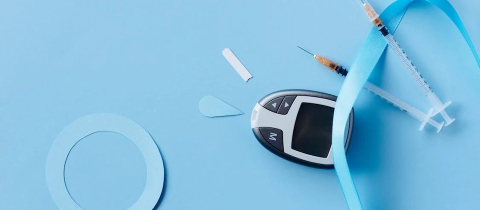It all started in Bavaria, southern Germany, 1895. Dr. Roentgen, a physicist, noticed a spooky greenish ray seeping through the completely sealed test tube and projected onto the screen wall. What on earth! When he placed an object between the energy source and the wall, the ray powerfully shined through the object, casting a vivid silhouette on the wall. Magical! Excited but holding a certain degree of uncertainty as to the nature of the energy, Dr. Roentgen coined the electromagnetic wave “X” ray.
X-ray progressed from the (laboratory) “bench” to the “bedside” in no time. Scientists couldn’t wait to explore the medical use of this enigmatic energy. Team Thomas Edison excelled. Edison and his research assistant Clarence Dally developed a prototype “fluoroscope” that literally endowed doctors with“X-ray vision.” Broken bones, fractured bones, deformed bones, metal nails or pins revealed themselves. To perfect the instrument, Edison and Dally worked into the wee hours experimenting with different X ray tubes.
Nobody knew at the time that x-rays were capable of breaking chemical bonds in DNA, indeed nobody knew about DNA. Today it is understood that certain types of radiation, known as “ionizing radiation,” can disrupt the structure of DNA, the proverbial “blueprint of life.” Such alterations in DNA can lead to uncontrolled multiplication of cells, the hallmark of cancer.
Dally, unaware of risks, opted to work with high-energy tubes and produced functioning fluoroscopes. But there was a price to pay. It started with a burning sensation on Dally’s hands, followed by swelling and skin peeling. The inflammation turned cancerous on the skin and spread to his upper arms that had to be amputated, much to Edison’s horror. Edison halted all research on X-rays in his laboratory but kept Dally on the payroll until cancer took his life.
Edison himself did not come out unscathed. His vision was severely compromised from working with X-rays, but he was lucky to survive because he worked with low-energy tubes. The lessons from team Edison provided invaluable data to mankind’s knowledge about X-ray radiation: (1) It can be extremely harmful and devastating, and (2) The duration and intensity of exposure matters. Today, X-ray machines use far less intense x-rays and their benefits outweigh any risk.
Dr. Nancy Liu-Sullivan holds a Ph.D. in biology and served as a senior research scientist at Memorial Sloan Kettering Cancer Center. She currently teaches biology at the College of Staten Island, City University of New York.







